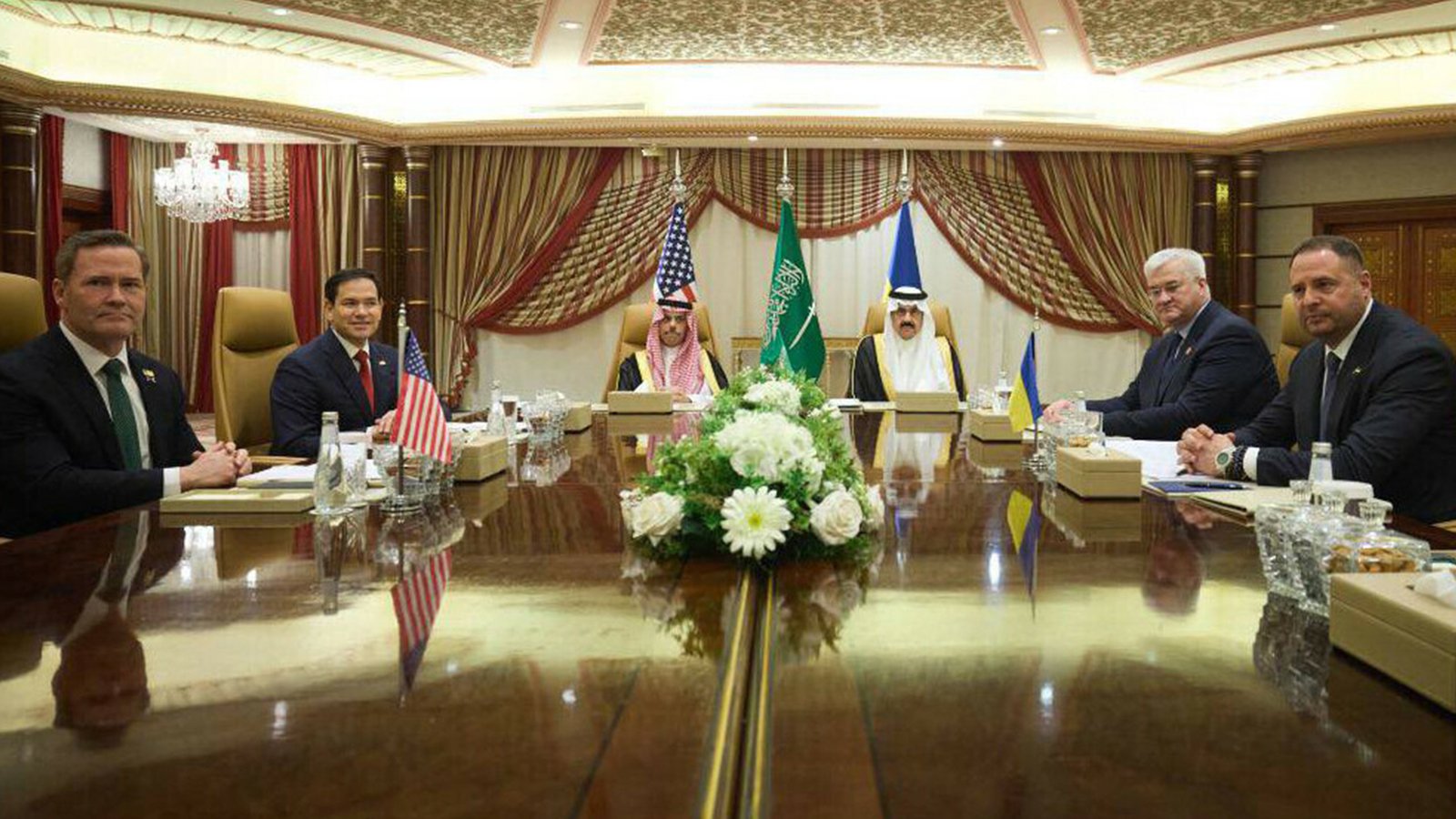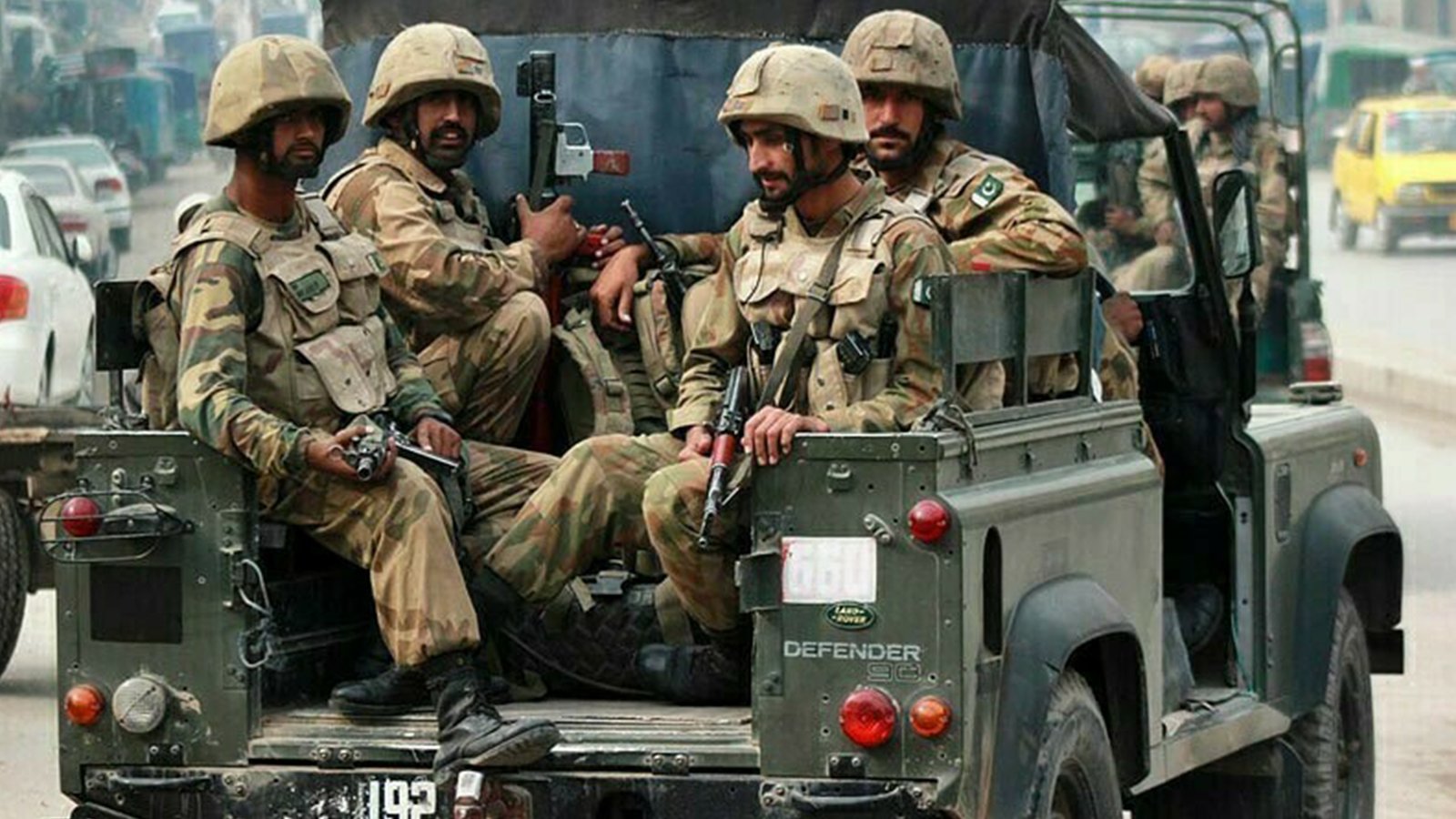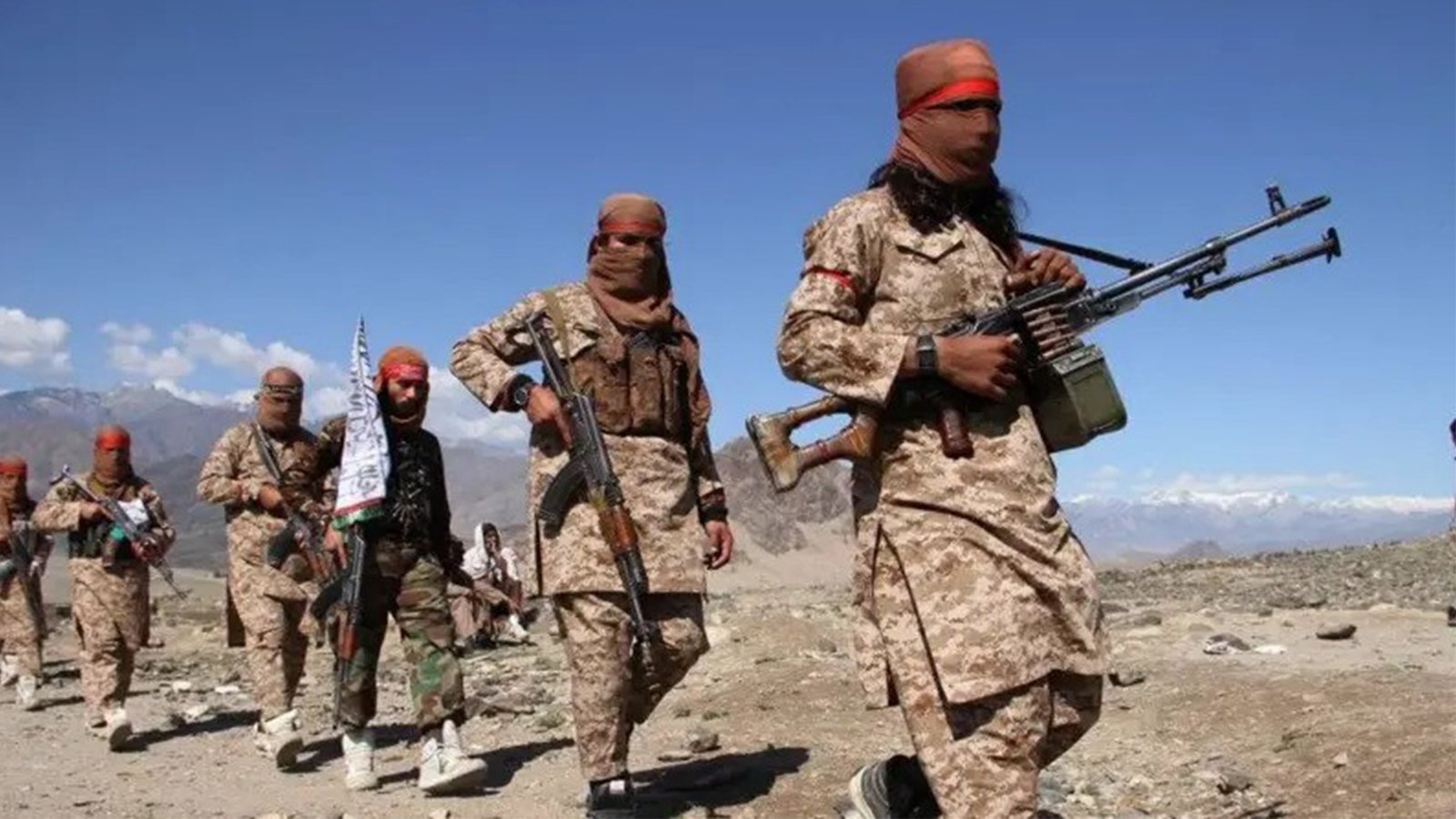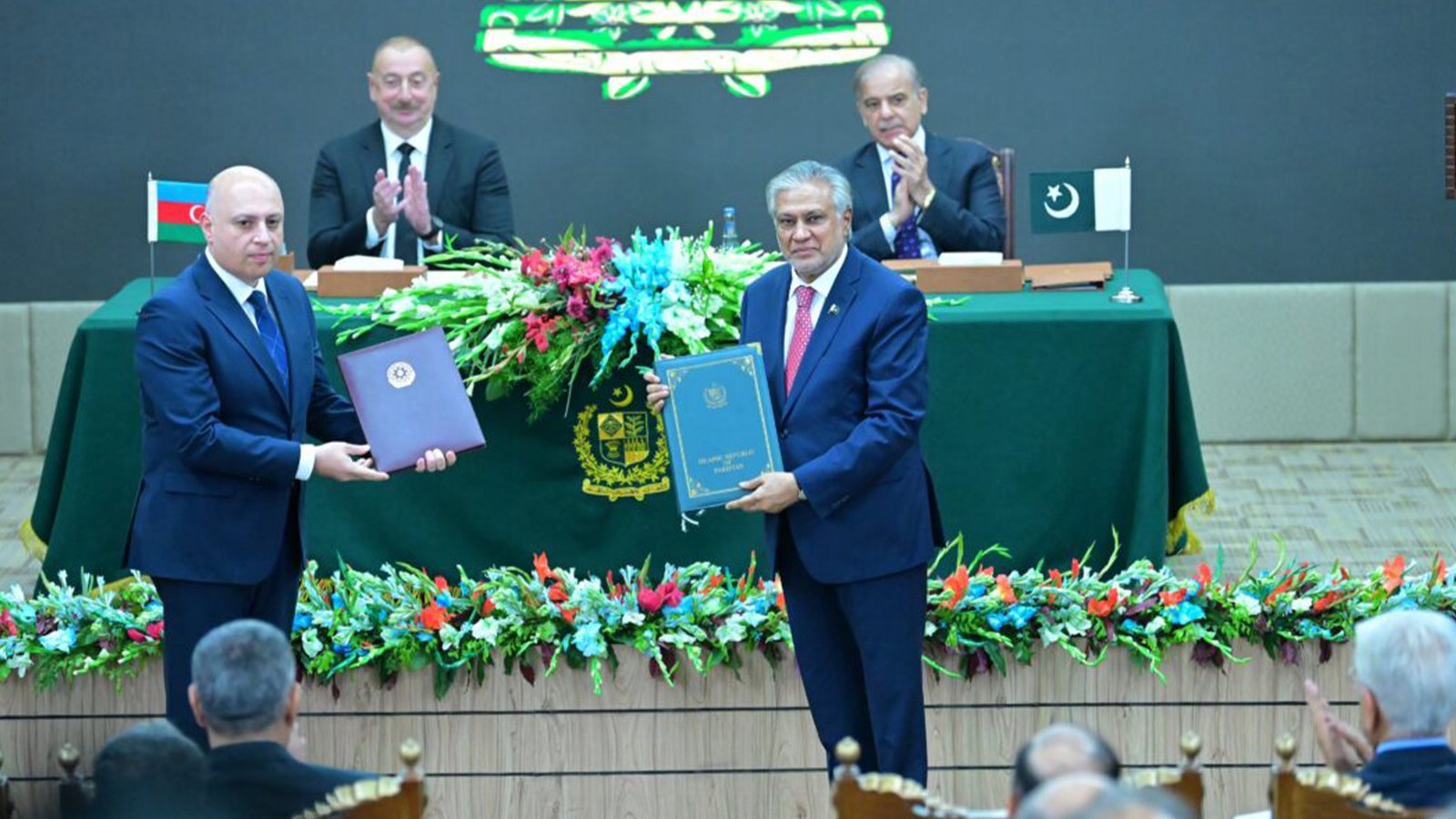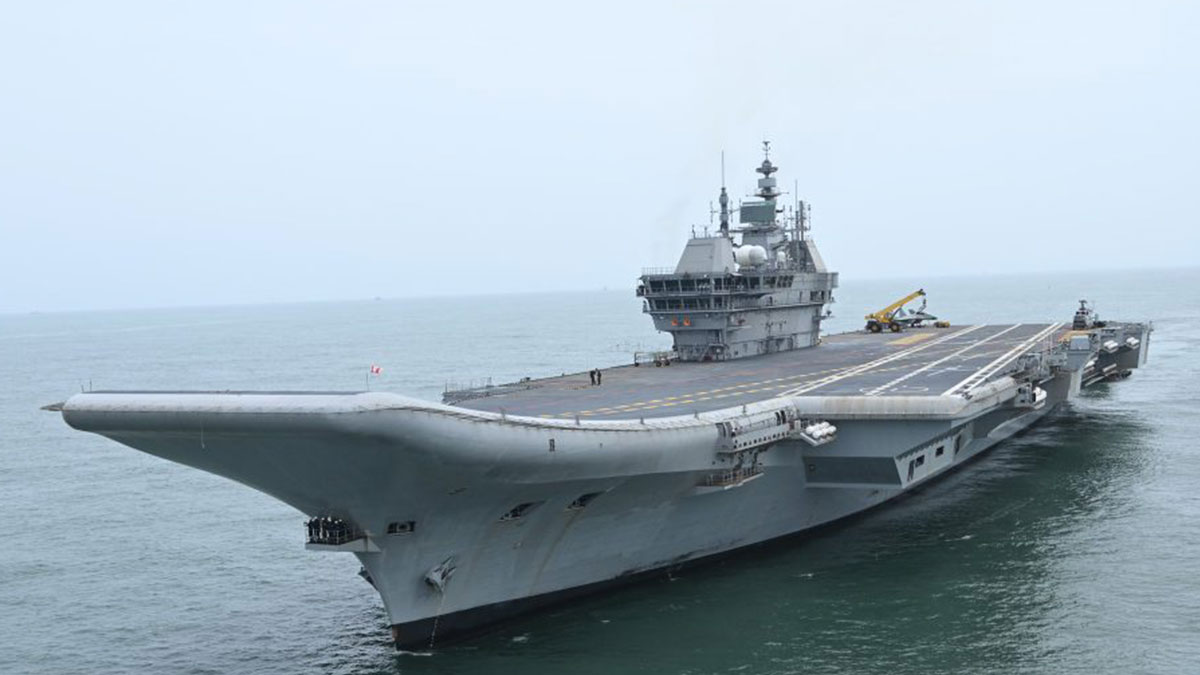INS Vikrant: Capability or Conundrum?
The Indian navy has recently commissioned one of its biggest-ever warships, INS Vikrant, a 42,800-tons vessel. This is the second aircraft carrier to take the name Vikrant, which means ‘stepping beyond’ or ‘courageous’, the first being the ex-Royal navy’s HMS Hercules commissioned in the Indian navy in 1961; which was decommissioned in 1997. This carrier did not have a smooth service in the Indian navy and often suffered from numerous technical snags rendering it to have marginal task effectiveness, except during the Indo-Pak War 1971, where it created a ‘favourable air situation’, in the Bay of Bengal in absence of Pakistan Air Force.
The new Vikrant, Indigenous Aircraft Carrier-1 (IAC-1), appears a little more superior to the old one. IAC-2 would be INS Vishal, though exact details are not yet known, it is expected to be close to a 65000-ton ship. A 262-m long and 62-m wide, Vikrant can carry nearly 26 fighter jets (MiG-29K), 4 airborne early warning helicopters (Ka-31) or 4 multirole helicopters (MH-60R). There are also reports indicating the Indian navy’s interest in fielding Rafael-M and F-18 Hornets, however, this remains to be seen as the carrier has to complete a long cycle of sea trials. Taking almost 23 years and consuming US $ 2.9 billion, INS Vikrant showcases India’s doctrine of ‘strategic flexibility’ conceptualized in the early 2000s. Strategic flexibility, as Iskander Rehman at the Institute of Defence Studies and Analysis, New Delhi, argues in ‘India’s future aircraft carrier force and the need for strategic flexibility’ published in 2010, is that India had endeavoured for a 3-carrier fleet, one on each seaboard and the third as a reserve.
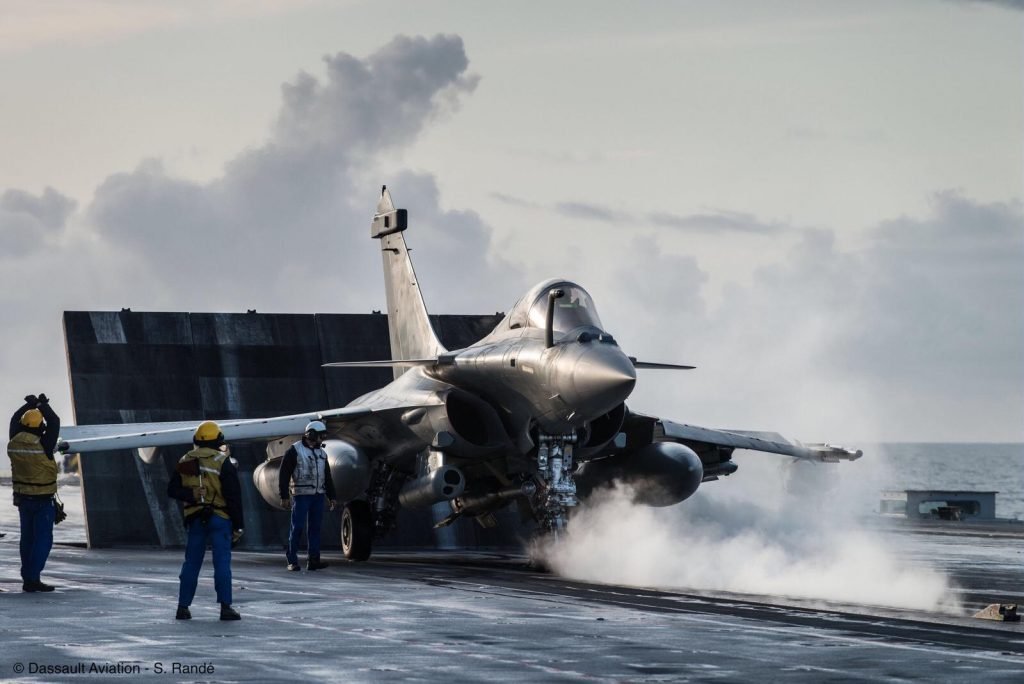
Dubbed as a path to ‘atmanirbharta’ or self-reliance by Indian Prime Minister Modi, INS Vikrant carries roughly 75% of indigenous content. Modi claimed that Vikrant represented a sign of India regaining its lost might; and that the new vessel signified India’s parting with the ‘last spots of slavery. With its entry into active service on 2 September 2022, Vikrant’s been labelled as a ‘game changer’ enabling India to fulfil its self-assumed role of the net-security provider in the region. The carrier is also being boasted as the outcome of a ‘growing maritime consciousness’ in India, which also is a possible response to the Chinese 3-carrier fleet that at the moment is not operating in the Indian ocean.
Does India really need an aircraft carrier and if it does then what kind and for what purpose? These and similar questions have been raised, not just at the commissioning of the new aircraft carrier but long before the Indian strategic direction attempted to see such vessels as a premium to secure India’s national interests. Stephen P. Cohen and Sunil Dasgupta in their seminal work ‘Arming without aiming: India’s military modernization, published in 2010, explored the reasons for India’s military build-up that according to them was going without a clear purpose or direction. Cohen and Dasgupta observe, “India’s military modernization suffers from weak planning, individual service-centred doctrines, and disconnect between strategic objectives and the pursuit of new technology.” India’s acquisition of aircraft carriers, the duo opine, is out of sync with the ground realities and the modernization needed to combat new threats.
Ashley J. Tellis, in his ‘Aircraft carriers and the Indian navy: assessing the present, discerning the future’ written for the Journal of Strategic Studies, in 1987, posed several questions for the Indian navy when it had just acquired Sea Harriers under the claim of becoming a ‘blue ocean fleet’ maritime force. One of those queries was “what are the political and operational goals that the carriers can service in a way that land-based naval aviation cannot, either in a complementary or substitutional role?” Tellis believed the Indian navy had no reasonable answer to such kinds of questions. As Vikrant comes alive, the Indian navy would need to come to terms with Tellis’ observations now more than ever before. Considering the operational geography of a 1000-km radius area for which Vikrant is apparently designed, deploying the aircraft carrier is more of an operational dilemma than operational flexibility.
Another aspect of the carrier induction into a navy comes as an outcome of a long strategic debate of the nation’s intent or aspirations to be a global player. But such aspirations then need carriers far bigger and far stronger than 42000-ton Vikrant. This would, at least, demand a carrier, as Tellis notes, in excess of 65000-ton with an air combat potential comparable to that of land-based fighters. Though India aims for an aircraft carrier of this tonnage, the IAC-3, it is not easy saying it would have an operational fate radically different than Vikrant given the fighter selection and long process of carrier construction with sea acceptance vis a vis complex Indian bureaucratic processing.
India may imagine deploying its carrier to challenge the PLA navy, which has just commissioned 80,000-ton Fujian, in the Indian Ocean but that largely is an ‘operational dream’ requiring more than just one Vikrant. As the current pace of naval induction suggests that China would field at least six advanced aircraft carriers by 2035. Vikrant, a generation behind the Chinese carriers, observes Alex Gatopoulos at Al Jazeera, who suffered from cost overruns and delays and falls short of what India needs. Harsh V. Pant and Yogesh Joshi, writing for Foreign Policy, argue that mere acquiring an aircraft carrier is not sufficient but it must have a clear and actionable deployment strategy, whether alone or in collaboration with other nations.
In view of the recent surge in stand-off anti-ship missiles, conventional submarines and other sea denial tools, Pant and Joshi posit, Vikrant-like carriers would be the most prized targets in a military confrontation at sea. Vikrant’s combat deployment against China would be nothing short of a conundrum in that case. India, on the other hand, could work on a collaborative strategy while operating through the QUAD forum to use American carriers for its aircraft, thereby gaining indirect protection for its overseas Vikrant operations against China. This proposition necessitates interoperability of an ‘exceptional level’, which at the moment is not visible in the Indo-US combined military operations.
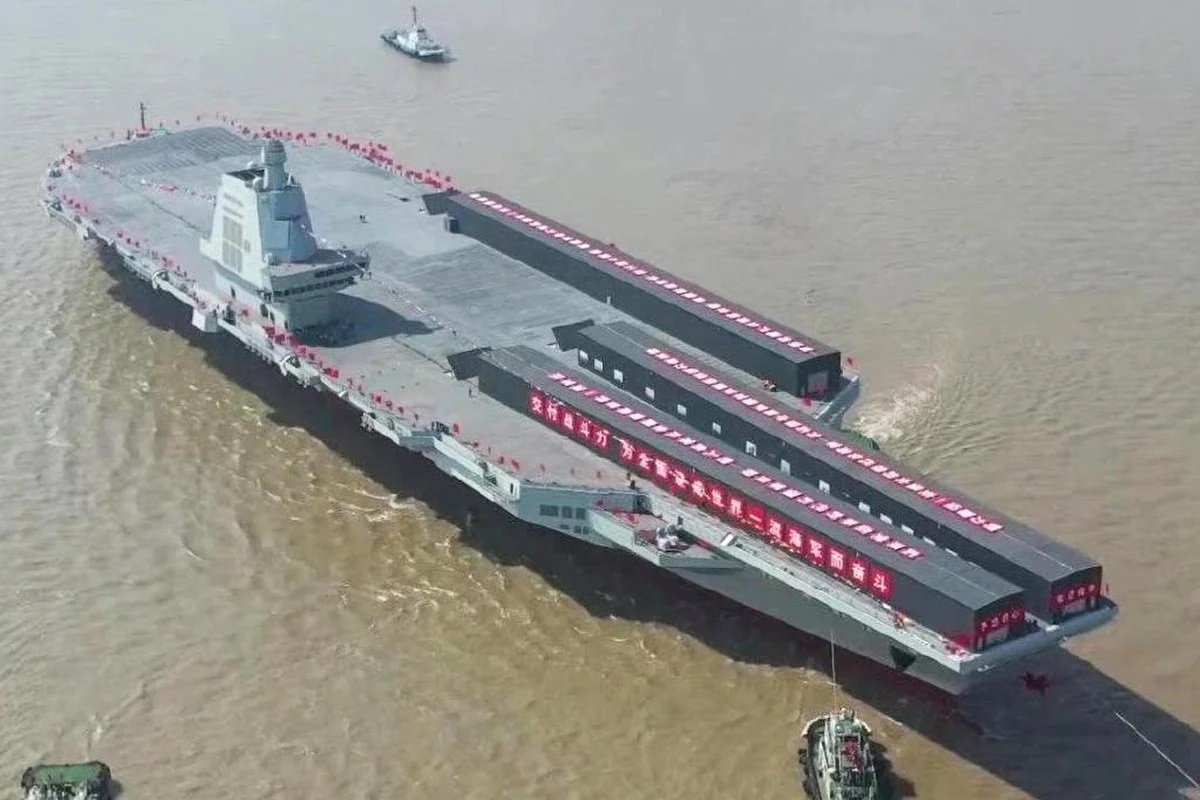
India’s carrier deployment against Pakistan could manifest as a result of strategic coercion or compellence, which given the traditional Indo-Pak rivalry may not bear fruition. With the current capabilities of both Vikramaditya and Vikrant and the peculiar Arabian sea expanse, deploying carriers could be a significant vulnerability, which the Indian naval leadership may not be prepared to bear. Carriers with deficient carrier-borne AEW and land-based limited AWACS means the Pakistani navy and air force would await ceasing such an opportune moment to strike independently or jointly against the Indian carrier battle groups, in any future war at sea.
Indian navy sees an uncertain operational future for Vikrant against both Pakistan and China owing greatly to vulnerability on one side and insufficient task effectiveness on the other. Though newer in the service, yet Vikrant is an embodiment of an outdated design, which may be seen more as a symbol rather than a strength; its warfighting deployment is more a conundrum than a capability. This is the dilemma, as the final lines of Crimson Tide underscore, that will occupy the Indian navy and the Indian strategic community long after Vikrant takes its formal tour of duty in about 12-18 months from now.
Author: Sohail Ahmad Azmie
Stay connected with us for the latest updates. Follow us on Facebook and Twitter.


